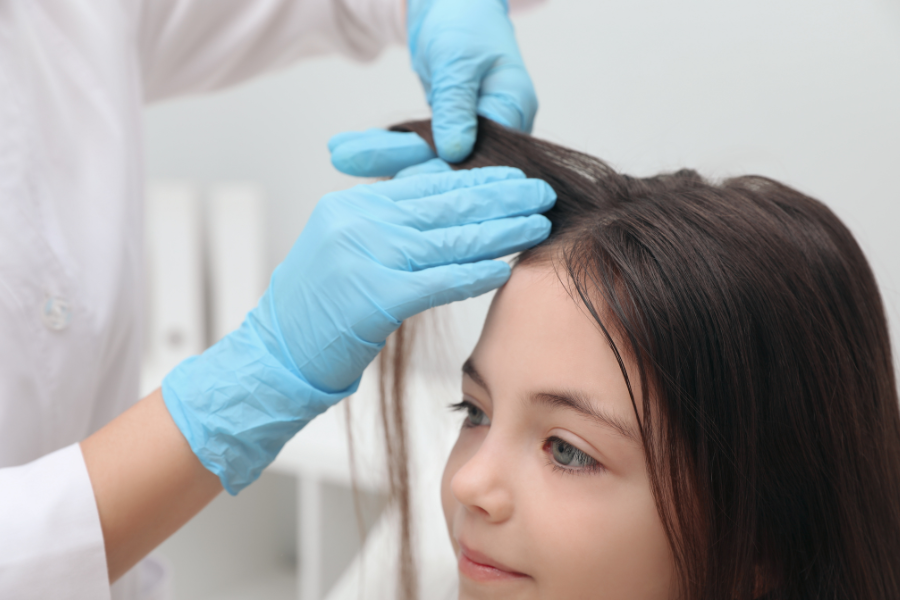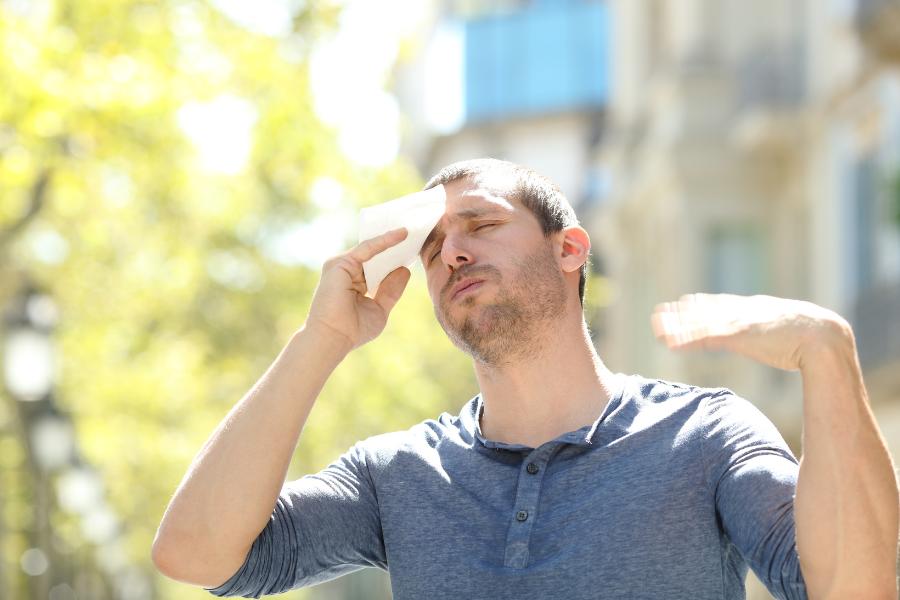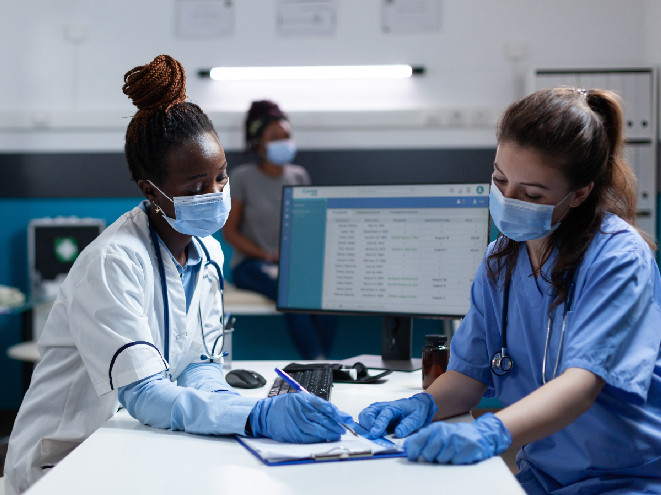Lice are a common problem, especially in children. While they can be a great nuisance, they can be removed with proper treatment. However, if not treated, they can become a recurring problem as you get reinfected with consistent contact.
Lice
These tiny insects are wingless and can’t jump or fly. They feed on human blood from the head, body, and pubic areas. Females attach eggs to the base of the hair shaft with a sticky substance, allowing the egg to cling on for the 6 to 9 days it takes to hatch.
How Do You Get Lice
Since lice cannot fly or jump, they spread through various types of contact. If someone has lice, they can spread it to another person through head-to-head contact or body-to-body contact. Lice can also spread through contact with infested belongings and furniture. Lice can live for 1 to 2 days off the body.
Lice are not a sign of poor hygiene. Outbreaks are common in children who are more likely to come in close contact with their friends in childcare and school settings. It is important to remember that if you or your child get lice, it does not mean that you are unclean.
Difference Between Lice and Head Lice
There are different types of lice. Head lice and body lice. Head lice are the most common type. This type is found on the scalp and is easiest to see at the nape of the neck or over the ears. Body lice can live in clothing and bedding before moving onto the body to feed. Although rare, they can also be found on chest hair, eyebrows, or eyelashes.
Symptoms of Lice
You should seek treatment immediately if you have any of the following lice symptoms.
- Severe itching
- Tickling sensation as hair is moved from the lice traveling
- Adult lice on your scalp, body, or clothing.
- Nits (eggs) on hair shafts
- Sores from scratching on the scalp, neck, and shoulders
- Bite marks on the waist, thighs, and pubic region
How To Treat Lice
Consult your healthcare provider to make sure you are using the best treatment for your case. There are over-the-counter and prescription medications that can help kill lice and may require multiple retreatments depending on the severity of the case. Some are applied topically, and some are taken orally. There is also a dehydration process at professional lice treatment centers where a machine dries out the lice and nit with one application.
Do not use flammable products like kerosene or gasoline to treat lice.
How To Treat Head Lice
Some at-home remedies may help expedite the process.
- Wet combing with a fine-toothed nit comb helps remove lice and nits. After wetting the hair, lubricate with conditioner or olive oil and come the entire head from scalp to ends at least twice a session every 3 to 4 days. These sessions should repeat for at least two weeks after you stop seeing lice.
- Although inconclusive, some have had success with natural plant oils. Tea tree oil, anise oil, and ylang-ylang oil may deprive the lice of air.
- Similarly, some household products may help smother the lice when applied liberally. Try out mayonnaise, olive oil, margarine/butter, or petroleum jelly. This treatment is not the most effective but may help supplement wet combing.
Regardless of what home remedy you may want to try, consult your doctor to make sure it doesn’t reduce the effectiveness of any medication prescribed.
Schedule An Appointment With Checkpoint Urgent Care
Whether you think you or your child may have a lice problem or some other sudden medical problem, you can count on us at Checkpoint Urgent Care to take care of you. We are open seven days a week from 9 AM to 8 PM to serve patients in New Iberia, Crowly, and Opelousas, LA. If you have any questions, you can call us at (337) 608-8488.








